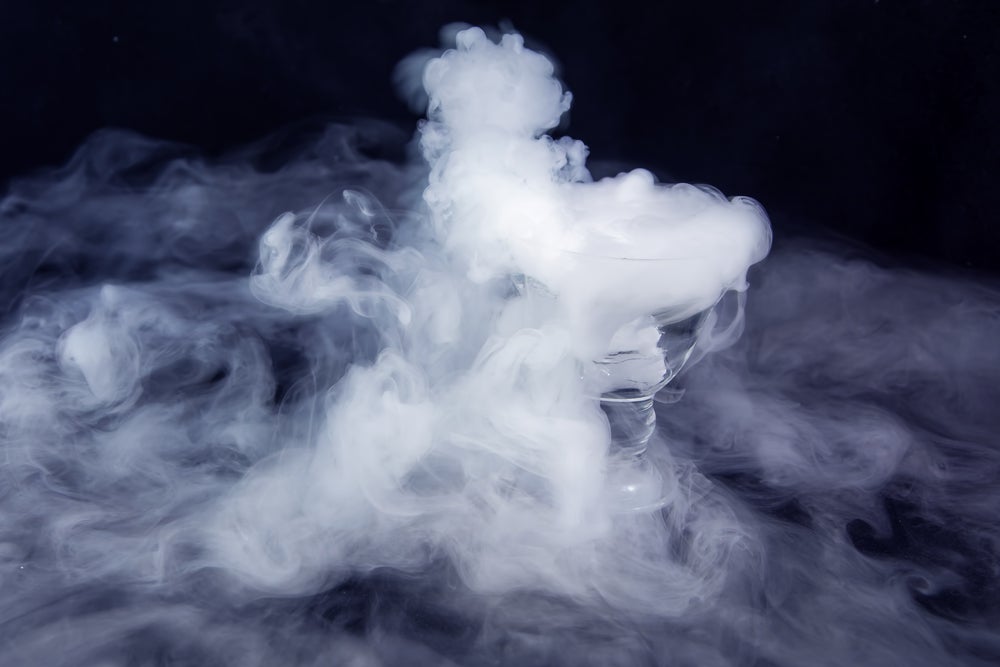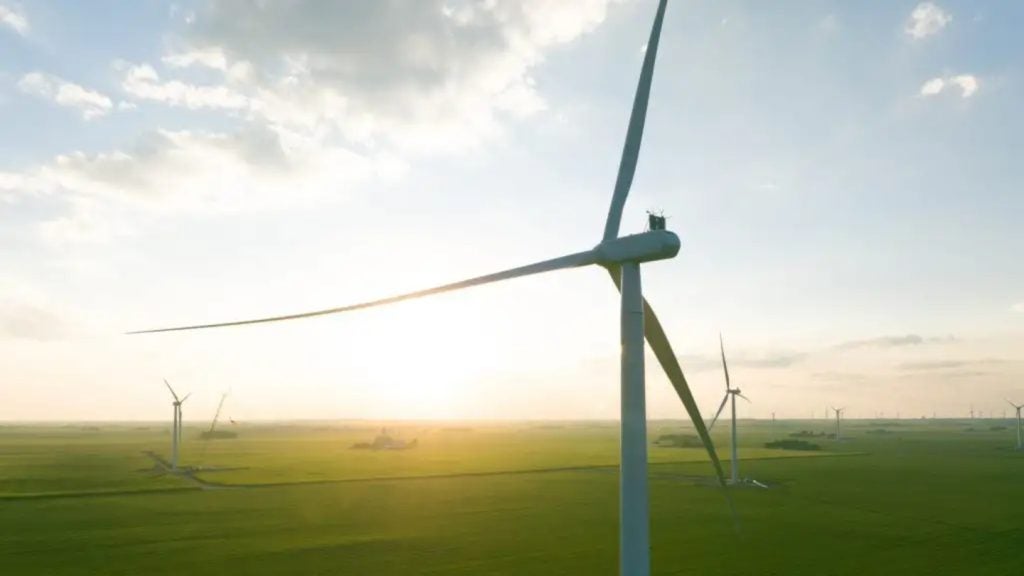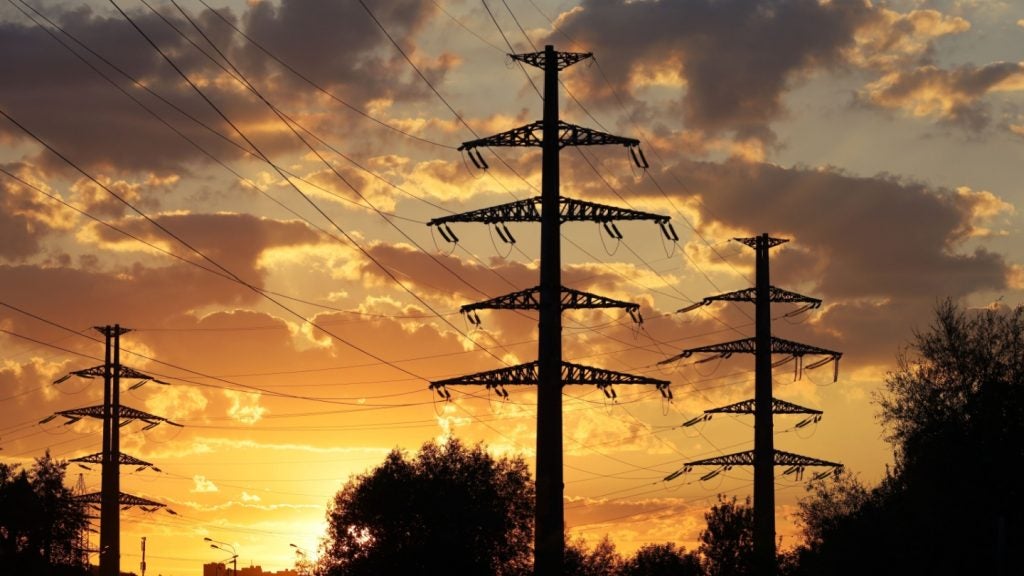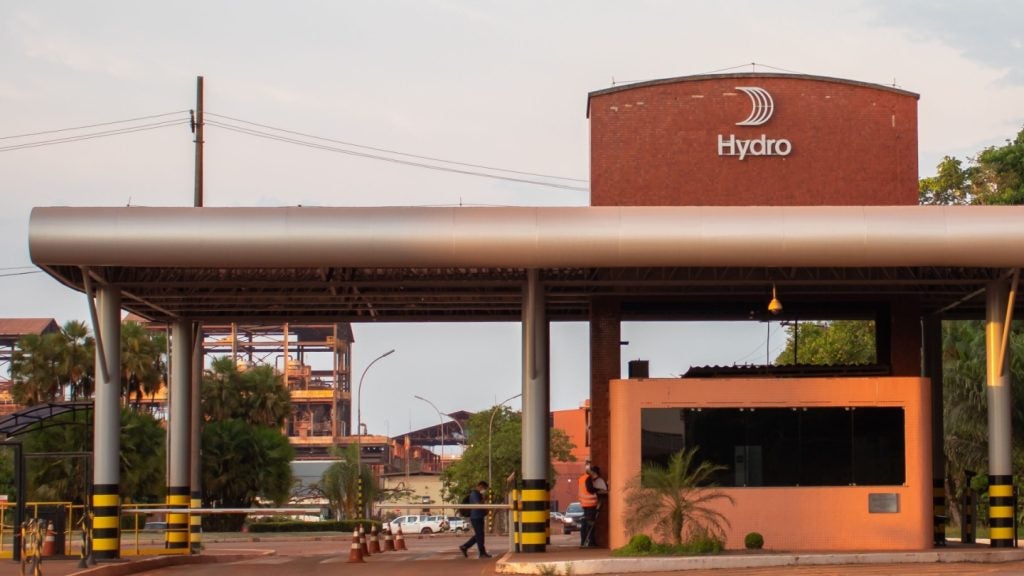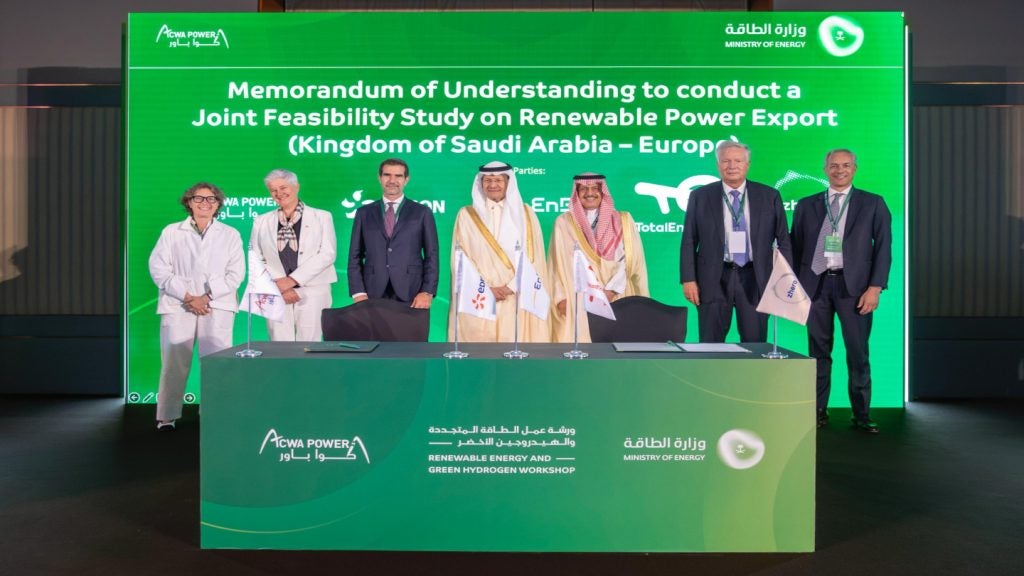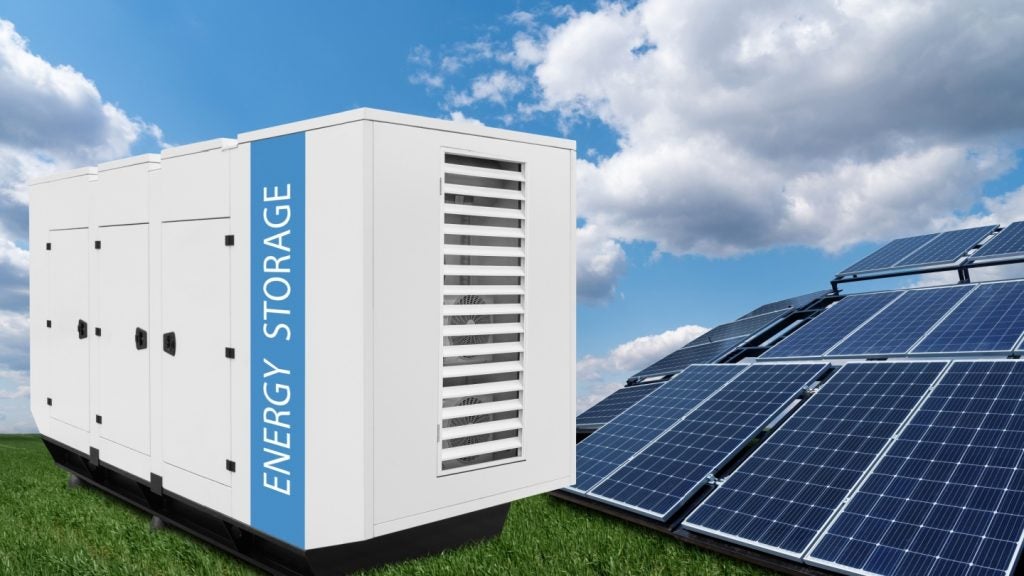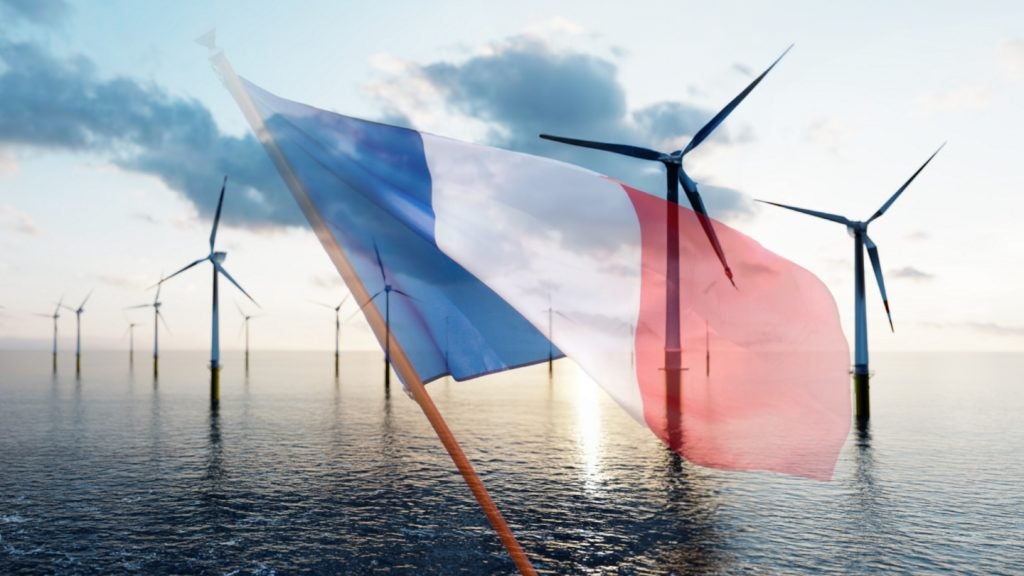Energy storage has become a cornerstone of the future energy landscape, playing a crucial role in grid stability by balancing the intermittency of renewables which are rapidly expanding across the world. While pumped storage hydropower (PSH) and batteries remain the most mature and popular technologies, a range of alternative solutions compete for niches in which their deployment is limited by geography or infrastructure. Among them, liquid air energy storage (LAES) is gaining traction for its geographical flexibility and long-term potential.
Promising long-lasting, long-duration energy storage (LDES) and scalability without pollution or geographic constraints, LAES was first proposed in 1977 but shelved due to technical and financial challenges. As of 2024, LAES comprises far less than 1% of upcoming thermal energy storage projects alone, according to Power Technology’s parent company GlobalData.
But interest in the technology has recently rekindled with growing concerns over energy security and, consequently, mounting pressure to diversify – even as many of its original hurdles remain unresolved.
Nearly 50 years since its inception, Power Technology asks: will liquid air energy storage fulfil its promise and serve a meaningful role in the future energy mix?
The promise of liquid air
LAES involves converting electricity into liquid air – cleaning, cooling and compressing air until it liquefies – to be stored for later use. To discharge the energy, the air is heated and re-expanded, driving turbines connected to generators to produce electricity.
While many of its qualities are shared with compressed air storage, both utilising air as the main storage medium and a thermal cycle for energy release, LAES offers fewer building constraints, a higher energy density and similar overall efficiency.
The junior technology also offers competitive advantages against the more popular PSH and battery energy storage systems (BESS). LAES overcomes the geographical limitations of pumped hydro, while not necessitating proximity to a traditional power grid as grid-scale BESS often does. Many studies also suggest LAES could be more cost-effective than lithium-ion batteries and PSH for long-term storage.
At the same time, given its large charging/discharging capacity, LAES indirectly competes against other forms of rapid-response power generation, primarily combined-cycle gas turbines.
Liquid air storage benefits from other sectors’ legacy systems. Given that air-condensing technologies have been part of the chemicals industry for decades, LAES can use the industry’s off-the-shelf parts, reducing infrastructure and maintenance costs, as well as build times.
“We [LAES] also pull very mature components from the existing oil and gas supply chain; all we’re doing is configuring them in a different way,” LAES developer Highview Power’s business development director Mark Vyvyan-Robinson tells Power Technology.
LAES’s limitations: efficiency and economic viability
Despite its potential, getting LAES projects off the ground has proved challenging.
Energy efficiency is one of the key hurdles. In February 2025, a review of LAES efficiency studies stated: “The traditional LAES system faces significant challenges in industrial applications due to its low round-trip efficiency and poor economic benefits.”
The research placed the efficiency for a liquid air storage system’s complete charge and discharge cycle at 20%-50%, though Highview rebutted with a 50%-60% round-trip efficiency estimation for a standalone system. Either way, LAES lags behind PSH (65%-85%) and batteries (80%-95%) in efficiency.
The paper, however, added that when integrating external heat and cooling sources, such as natural gas turbines, LAES efficiency could improve to 50%-90%. Vyvyan-Robinson points out that such integrations must be assessed on a case-by-case basis, exemplifying its upcoming project with Sumitomo Heavy Industries in integrating an LAES system with an LNG terminal in Japan using its cold source to increase plant efficiency.
Alongside energy efficiency, cost efficiency is another concern. Another recent paper found that LAES co-fired from natural gas-fired turbines was the most cost-competitive energy storage technology only when natural gas was priced between €8.3 per gigajoule (GJ) and €9.1/GJ. Below this price range, natural gas generation proved more cost-competitive, whereas battery storage was better for higher prices.
It also found that LAES without gas assistance “did not prove economically viable in any location, requiring a CO₂ price above €300/t to compete with use of gas-firing assistance”.
A study by MIT and the Norwegian University for Science and Technology evaluating the use of LAES systems for the US market found that while subsidies for new installations could make LAES more economically viable, “increasing the energy efficiency, even up to the theoretical limit of the process, would not change the economic viability of LAES [for the US market]”.
Vyvyan-Robinson echoes this: “Constructability cost can be a more important metric than efficiency."
Liquid air’s position in the future of LDES
The MIT study suggested that “the cost of storing a given amount of electricity with LAES would be lower than with more familiar systems, such as pumped hydro and lithium-ion batteries”. However, when considering all factors, it concluded that economic viability of LAES in the US “occurred only under the most aggressive – therefore the least realistic – decarbonisation scenario”.
But while this may be true in a US-based model, Highview believes in its potential in other markets. Alongside its UK and Japan projects, the company has started development in Australia – all three countries being island nations valuing energy security and decarbonisation.
Vyvyan-Robinson particularly points to the UK as a primary market due to the country’s push to move from inland coalfields to offshore wind: “This [move] has led to challenges which operators are now trying to manage, and liquid air storage can help manage these challenges such as grid transmission constraints.
“The other major challenge is grid stability. There’s a lot of inverter-based generation that is now being brought onto the system, so there’s a reduction in reactive power that provides grid stability,” he adds. “One of the benefits of liquid air is that, with generation that synchronises to grid harmonics, we can provide that stability.”
In addition to offering greater grid stability than systems using transformers, Vyvyan-Robinson notes that LAES “can last for up to 50 years with the right maintenance regime, whereas batteries would degrade in that time”.
Against all competition, the economic niche in which LAES is the most cost-efficient energy storage solution is relatively small, but storage capacity is only one aspect of a well-designed grid.
While LAES can be sub-optimal in certain aspects compared to other storage technologies, it can still be “good enough” to make it a viable decarbonisation solution.
Vyvyan-Robinson summarises: “Batteries are strong for fast cycling of energy and other solutions offer their own benefits, but LAES provides a completely different solution.”
Following her study, MIT researcher Shaylin Cetegen said that “while LAES systems may not be economically viable from an investment perspective [in the US] today, that doesn’t mean they won’t be implemented in the future", especially considering the current “limited options for grid-scale storage expansion and growing need for storage technologies to ensure energy security”.
As better understanding and design improves constructability, the blockers for LAES development are beginning to fade away, setting up liquid air to rise to greater heights. For this to happen, financial support will be significant as addressing the initial construction costs will be the first step.
“We can capture huge economies of scale by going for larger projects,” Vyvyan-Robinson states.
In Manchester, UK, Highview operates the world’s first commercial-scale industrial LAES plant. The operational plant has a 50MW charge/discharge rate and 300MWh capacity, but Highview’s four planned facilities would each have a much larger storage capacity of 2.5GWh. These would represent more than 10% of the country’s non-battery storage, and a much larger move toward LAES than seen anywhere else in the world.
The UK developments are enabled by the country’s “cap and floor” pricing scheme, which eliminates the cost effects of extreme prices for operators. Vyvyan-Robinson says this elimination of risk is essential to obtaining finance for any country eyeing LAES: “It’s difficult for a bank to take a view on future revenues, and therefore to make projects ‘bankable’. You need some support around the revenues, and ‘cap and floor’ allows you to raise finance.”


